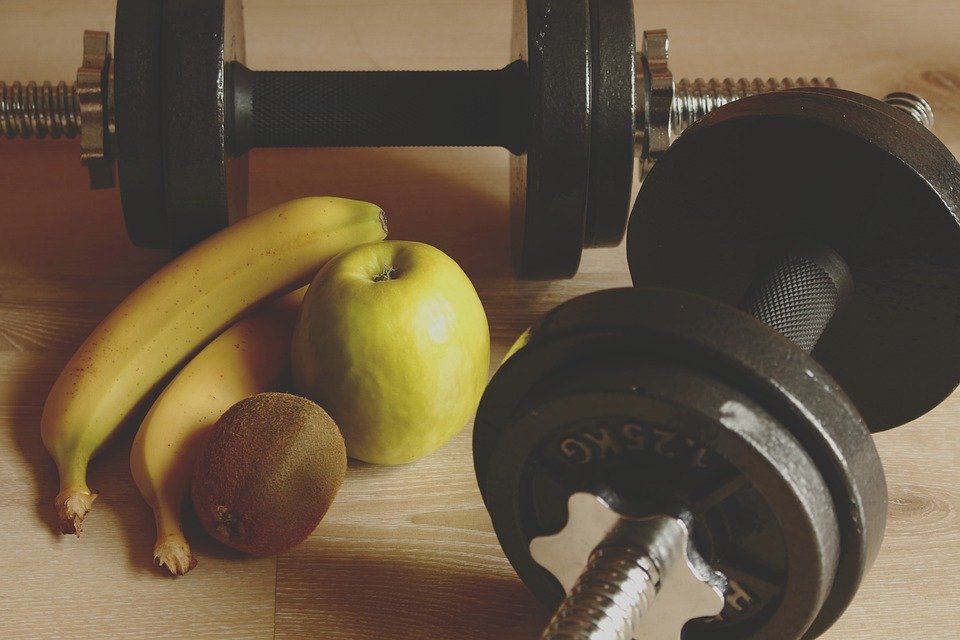Common Weightlifting Mistakes to Avoid for Injury-Free Training
Weightlifting is an excellent way to build strength, increase muscle mass, and improve overall fitness. However, it is crucial to approach weightlifting with caution and proper technique to avoid injuries. Many individuals make mistakes while weightlifting that can lead to severe injuries. In this article, we will discuss some of the most common weightlifting mistakes to avoid for injury-free training.
1. Poor Form and Technique:
One of the most significant mistakes people make while weightlifting is using poor form and technique. Lifting weights with incorrect form can put excessive stress on joints, ligaments, and muscles, increasing the risk of injury. It is crucial to learn the proper form and technique for each exercise before attempting to lift heavy weights. Consulting with a certified personal trainer or strength and conditioning coach can help ensure that you are using the correct form and technique for your workouts.
2. Overtraining:
Many weightlifters fall into the trap of overtraining, thinking that more is always better. However, overtraining can lead to burnout, fatigue, and even injuries. It is essential to give your body enough time to recover between workouts. Rest days are just as important as the actual training days. Listen to your body and take rest when needed. Incorporating proper rest and recovery into your weightlifting routine will help prevent overuse injuries.
3. Ignoring Warm-up and Cool-down:
Skipping warm-up and cool-down exercises is a common mistake that weightlifters make. Warming up before your workout helps increase blood flow to your muscles, loosens joints, and prepares your body for the upcoming exercises. Cooling down, on the other hand, helps reduce muscle soreness and aids in the recovery process. Spending a few minutes on warm-up and cool-down exercises can significantly lower the risk of injuries.
4. Neglecting Core and Stabilizer Muscles:
Many weightlifters focus solely on the major muscle groups and neglect their core and stabilizer muscles. Core muscles are essential for maintaining proper posture and stability during weightlifting exercises. Neglecting these muscles can lead to imbalances and increase the risk of injury. Incorporating exercises that target the core and stabilizer muscles, such as planks and Russian twists, into your routine can help prevent this mistake.
5. Using Too Much Weight:
Another common mistake is using weights that are too heavy for your current strength level. Lifting excessively heavy weights can compromise your form and increase the risk of injury. It is crucial to start with weights that you can handle comfortably and gradually increase the load as you gain strength and improve your technique.
FAQs:
Q: Should I consult a professional before starting weightlifting?
A: It is highly recommended to consult with a certified personal trainer or strength and conditioning coach before starting weightlifting. They can teach you the proper form and technique, create a customized workout plan, and ensure that you are training safely.
Q: How many times a week should I weightlift?
A: The frequency of weightlifting depends on your goals and fitness level. Beginners should start with 2-3 sessions per week, allowing for sufficient recovery time. As you progress, you can increase the frequency to 4-5 times per week if desired.
Q: How long should my weightlifting sessions be?
A: The duration of weightlifting sessions can vary depending on your goals and the intensity of your workouts. On average, a weightlifting session lasts between 45 minutes to 1 hour. However, it is more important to focus on quality rather than quantity. Ensure that you are performing exercises with proper form and giving your muscles adequate time to recover between sets.
Q: Is it normal to experience muscle soreness after weightlifting?
A: Yes, it is normal to experience muscle soreness, especially when you are new to weightlifting or have increased the intensity of your workouts. This is known as delayed onset muscle soreness (DOMS) and usually occurs within 24 to 48 hours after exercise. It is a sign that your muscles are adapting and getting stronger. However, if the pain is severe or persists for an extended period, it is advisable to seek medical advice.
In conclusion, weightlifting can be a rewarding and effective way to improve strength and fitness. However, it is crucial to avoid common mistakes to ensure injury-free training. By focusing on proper form, avoiding overtraining, incorporating warm-up and cool-down exercises, targeting core and stabilizer muscles, and using appropriate weights, you can enjoy the benefits of weightlifting while minimizing the risk of injuries. Remember to consult with professionals, listen to your body, and always prioritize safety in your weightlifting journey.


